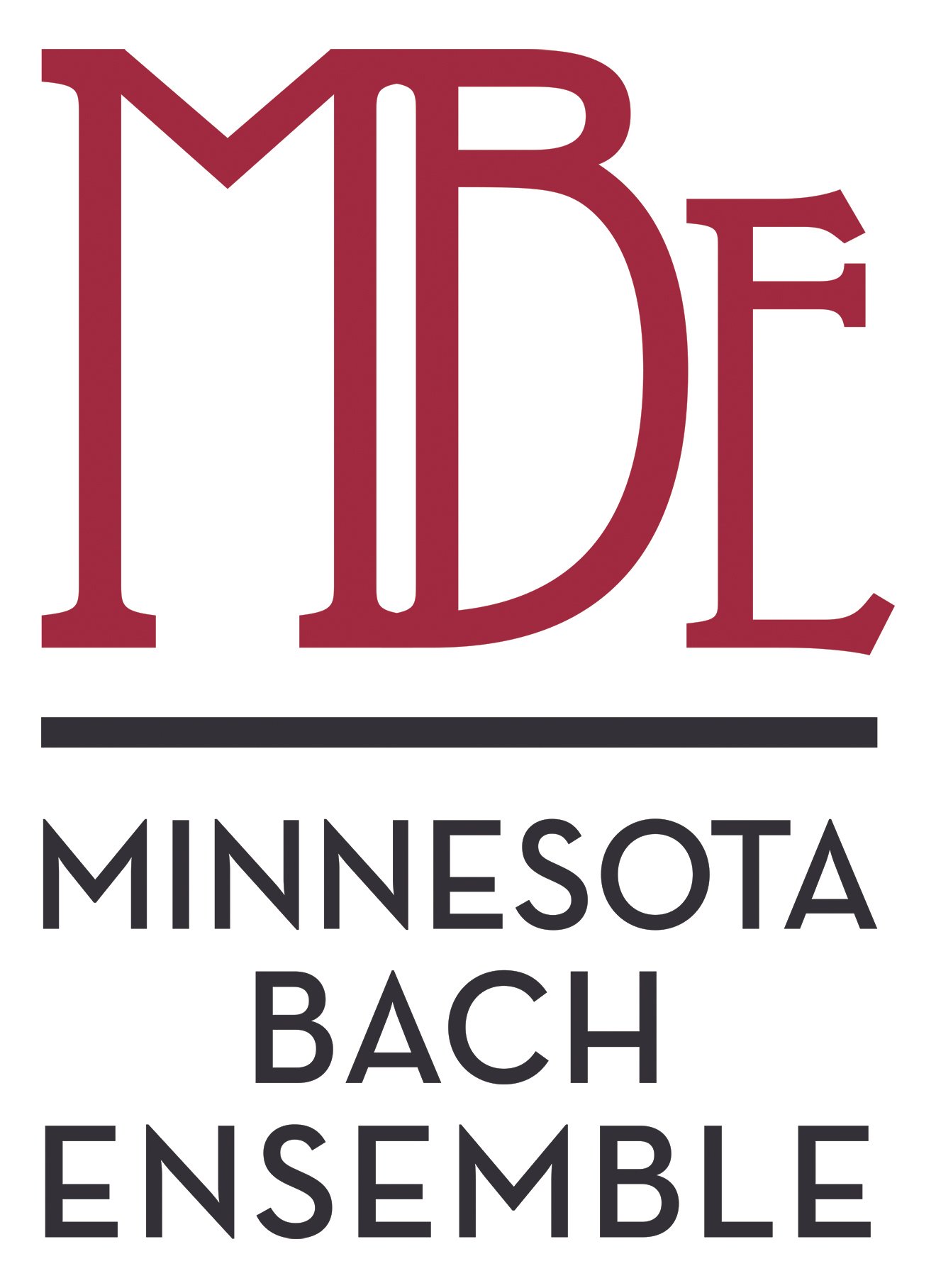WEEK 9
J. S. Bach: Orchestral Suite #1
Dear Back-to-Bach Fans,
I would like to close out our foray into Bach’s Orchestral Suite #1 with two slightly exotic dance types: Forlane and Passepied.
The Forlane (or “Furlana” in Italian) is a lively dance in 6/8 time, originating in 16th-century Italy. Bach creates a sense of speed with an unusual texture: between the top voice (melody) and the bottom voice (bass line), the second violins and violas play fast-moving eight notes almost throughout the entire movement. I always enjoy deciphering these inner voices in real time. Give it a shot and see how well you can sonically identify those parts with your ears. It is both challenging and fun!
The Passepied was a courtly dance in 3/4 meter that became popular in Baroque instrumental suites. As the final movement of the suite, this dance is set twice (as Passepied I and II), each with their own middle sections and repeats. At the end of Passepied II, we return to the first one, setting up an ABA structure. In this performance, some of the repeats are played with single instruments only (soli), versus the entire ensemble, creating a lovely, subtle echo effect.
Both the Forlane and Passepied II feature a continuing flow of eight notes (listen for an extended oboe solo in Passepied II). As so often in Bach’s writing, these passages are part melody, part ornamentation, and part texture at the same time. They are integral to Bach’s musical language and, somewhat poetically, reflect the meaning of his own name. “BACH” in the German language means “brook, small stream.” I like to think of Bach’s compositions as a continuous stream of invention: unceasing, inexhaustible, and beautiful.
Mischa Santora, MBE artistic director
WEEK 8
J. S. Bach: Orchestral Suite #1
Dear Bach Fans,
This week I picked two lively dance movements from the Orchestral Suite #1, the Gavotte and the Bourrée. Both are in common time (2/2 time, or a fast 4/4 time with emphasis on the first and third beat). Both dances begin with upbeats: half measure for the Gavotte, and a short quarter measure for the Bourrée.
Both types of dances originated in 16th/17th century France from music that people would actually dance to. However, the use of these dances became quite different in the baroque era. Composers like Bach and Handel (and many others) would use characteristic elements from these dances and write elaborate compositions based on specific rhythms and speeds. In many cases (as in this one), the result was far more complex than the original dance music. These pieces were not intended for use in the ball room for actual dancing. Instead, they were compiled into a series of movements, making up the so-called baroque “Suite” (which in turn is the precursor of the classical Sonata/Symphony structure).
These two dances feature lively textures and dynamic energy, both derived from their kinetic origins. They also feature distinct middle sections, contrasting in mood and instrumentation (prominently featuring the 2 oboes and bassoon). In a rare display of humor, Bach engages in an orchestration switcheroo in the middle section of the Gavotte: accompanying the woodwinds is a plain, fanfare like melody, with its characteristic pitch limitations. It is reminiscent of a trumpet line, but in this case is played by the violins. A clandestine, nerdy musical joke (and perhaps my favorite part in this piece:).
Bach’s Suite #1 holds a very special place in my heart. It was on the program during MBE’s October 2019 performances, my debut appearance as artistic director with this wonderful ensemble. It is my hope to return to the stage soon with all our wonderful artists.
Mischa Santora, MBE artistic director
WEEK 7
J. S. Bach: Orchestral Suite #1
Dear MBE Fans,
This week, we literally go back to Bach in our Back to Bach project:)
With the first movement (Overture) of the Orchestral Suite in C-major, we delve into the realm of absolute music. After writing about two contrasting cantatas over the last month and a half, it is my challenge to switch to music with no words attached. No story, no spiritual soul searching, no grieving bird owner, and no unscrupulous cat (see previous weeks).
The first movement of this Suite has the common A-B-A structure, often referred to as the French Overture style, with a slow, majestic opening, a vivid middle section, and then returning to the opening section with slight variations.
While absolute (or abstract) music has no explicit connection to anything extramusical (like a story, emotion, or event), works of art cannot exist in a contextual vacuum. Each piece of music comes from an aesthetic impulse (from the composer), and it is received with an emotional response (by the listener). At any rate, this should be the case with good music!
As I am listening to the Overture with its gentle melodic lines unfolding in various registers (high, middle, and low), I cannot help but think of this music as the perfect escape from a tumultuous world. With the perpetual onslaught of troublesome news around the world, the first C-major chord simply feels like that much needed sigh of relief, a sonic balm for mind and body. This is “my story” about this piece of absolute music today in July of 2020. What is yours?
Mischa Santora, MBE artistic director
J. S. Bach’s Orchestral Suite #1 was performed by MBE and former artistic director Andrew Altenbach on May 10, 2013.

